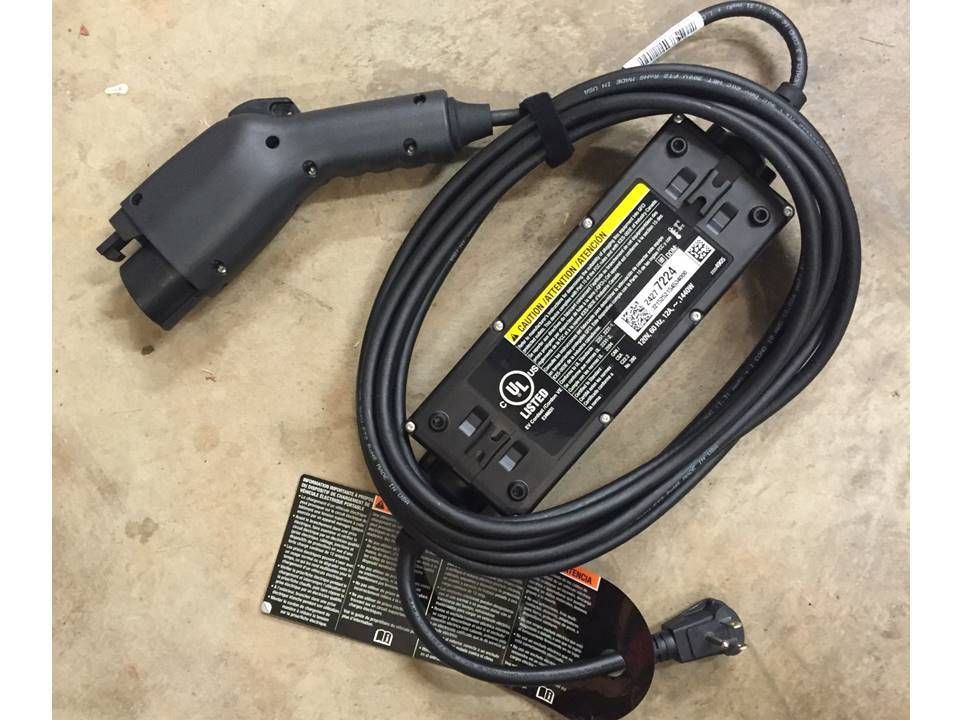That guy PackardV8 here may be onto something when he said 300V insulation jacket is reserved for 120V. and 600V insulation rating for 240V cords
see the picture attached of the charging leads comparing 120V OEM vs a Mustart 40A rated 240V EVSE. I intentionally put my finger in the pic for size comparison.
Wire size is printed on the cables.
I plugged in the OEM into 240V adapter and started charging the BOLT.
Texas temp today at 6.40pm is 91 degrees. The cord got warm to the hand within 10 min.
There was a spot where the sun was shining on the black cord and it got much hotter.
Considering skin temp is 96-97 degrees, the cord was likely much over 100+ degrees. May not be a big deal.
The OEM charger @ 240 12Amps is 2880W vs mustart L2 is 240V 32Amp is 7480W
Also looking at the internal wires sizes OEM 3x 16AWG +1 18AWG vs. 2x8AWG 1x10AWG 1x16AWG
My concern is the OEM charger 16 AWG to run 12 amp is cutting it close.
![Image]()
see the picture attached of the charging leads comparing 120V OEM vs a Mustart 40A rated 240V EVSE. I intentionally put my finger in the pic for size comparison.
Wire size is printed on the cables.
I plugged in the OEM into 240V adapter and started charging the BOLT.
Texas temp today at 6.40pm is 91 degrees. The cord got warm to the hand within 10 min.
There was a spot where the sun was shining on the black cord and it got much hotter.
Considering skin temp is 96-97 degrees, the cord was likely much over 100+ degrees. May not be a big deal.
The OEM charger @ 240 12Amps is 2880W vs mustart L2 is 240V 32Amp is 7480W
Also looking at the internal wires sizes OEM 3x 16AWG +1 18AWG vs. 2x8AWG 1x10AWG 1x16AWG
My concern is the OEM charger 16 AWG to run 12 amp is cutting it close.









